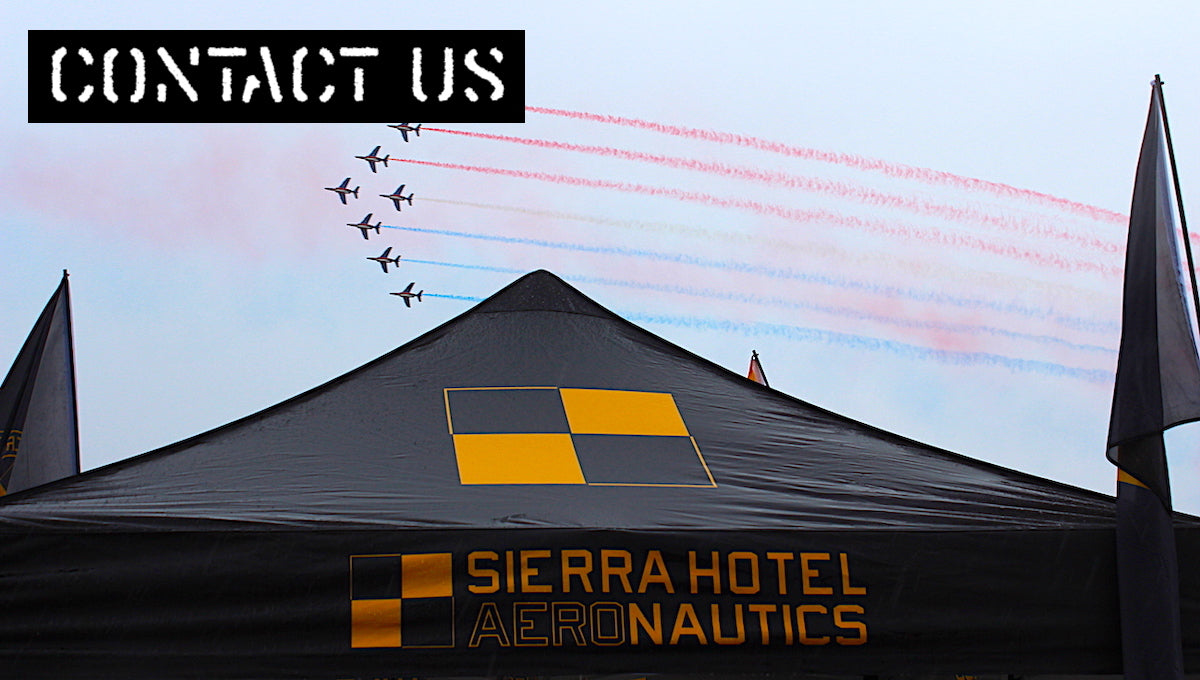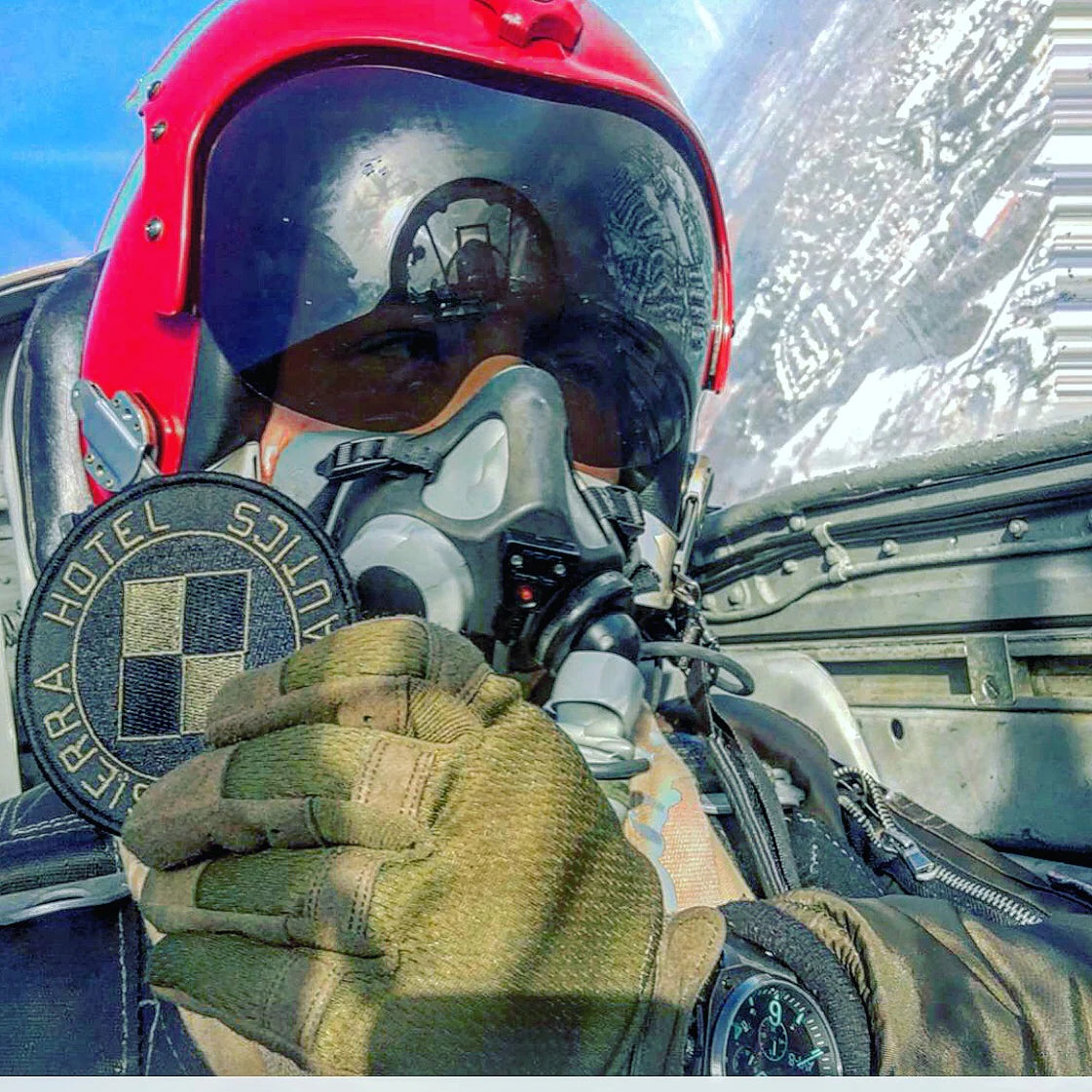A US Air Force Tanker Saves Six Navy Jets!

The KC-135 tanker crew, whose mission was now complete, then received an urgent communication advising them of two probe-equipped US Navy KA-3 “Whales” that were running on fumes, and had little time before their engines would become starved for fuel. The Tanker crew quickly got to work and joined up with the fuel-deprived Whales and their desperate crew, who would do anything to avoid a swim in the Gulf waters below.

One of the KA-3 Navy aircraft suffered a mechanical malfunction that prevented it from utilizing the limited fuel it had on board. The first KA-3 and her much-appreciative Navy crew hooked up with only three minutes of fuel remaining. No more than 180 seconds before her engines would have wound down to nothingness. After 2,300 pounds of life-saving "Go Juice" was transferred to the first of the two Navy tankers, the second thirsty Whale quickly moved into position, hooked up, and commenced taking on fuel.
Now with two unscheduled Navy jets saved by the KC-135 crew, the Tanker, now getting low on fuel herself, started to turn back for home, when the radio crackled to life with an advisory that an additional two US Navy F-8 Crusaders known as "The Last of the Gunfighters” were in the immediate area, and running critically low.
The quick-thinking Air Force crew instructed the two starving Navy fighters to join up with the KC-135 that was already busy with the second of the KA-3 Whales. As much as Air Force crews love to throw insults at those Navy Squids, first, they would make sure that nobody gets left in the waters on that day.
Using what they had, the KC-135 continued to transfer fuel to the second Whale, while the first Crusader moved into line and simultaneously started to take on fuel from the second KA-3, which was receiving fuel directly from the KC-135...thus creating the very first triad of air-to-air refuelling ever attempted.
Now with their mission complete, along with two rescued Navy Tankers, and two more good saves on two USN fighters, the tired Air Force KC crew had more than completed their assigned mission for the day, and were anxiously turning back for home in Da Nang…that is until two US Navy (again those damn Squids) F-4 Phantoms fighters showed up, with neither aircraft possessing sufficient fuel remaining to get them back to their carrier.
Now trying to make it back home after bleeding herself out to save four unscheduled Navy aircraft, the KC-135s would not even consider leaving those thirsty Phantoms behind, and commenced transferring fuel to both Navy Phantoms as they themselves were running low.

Now two more happy Navy aircraft broke away from the lifesaving Tanker crews and headed back to their carrier, leaving the Stratotanker to make her own way home. Now with fuel tanks quickly filling with air, the KC-135 commanded by Maj. John H. Casteel touched down back at base with less than 10,000 pounds of fuel remaining.
That Air Force crew managed to save six Navy jets, which were all able to make it back to their ships. For their selfless and brave response to a critical situation, aircraft commander Maj. John H. Castle, boom operator, MSgt. Nathan C. Campbell, copilot, Capt. Richard L. Trail, and navigator, Capt. Dean L. Hoar, all received Distinguished Flying Crosses for their actions on that day.
The entire Stratotanker crew was awarded the Mackay trophy, which is awarded once a year by the United States Air Force for the "most meritorious flight of the year" by an Air Force person, persons, or organization, and is housed in the Smithsonian Institution's National Air and Space Museum.
How incredibly symbolic and thankless a task that is levied on the crews of those Stratotankers who willfully choose to carry the responsibility for bringing their fellow aviators back. Even at times, and against regulation, the unarmed tanker crews divert to fly over active combat areas, willingly placing themselves in harm's way, all in the effort of bringing everyone home.














No “air to air mission” is ever simple. According to the -135 manuals, “flying any two aircraft in close proximity is inherently dangerous”. The professionalism of KC-135 (and KC-97 in their day, KC-10s, and now KC-46) is outstanding. Their willingness to do what is necessary frequently goes unsung so I’m glad to see this article. You should examine the KC-135 that landed gear up at Blytheville AFB in 1985 and the efforts of another KC-135 crew with a big help from a KC-10. which also earned the Mackay Trophy.
Leave a comment